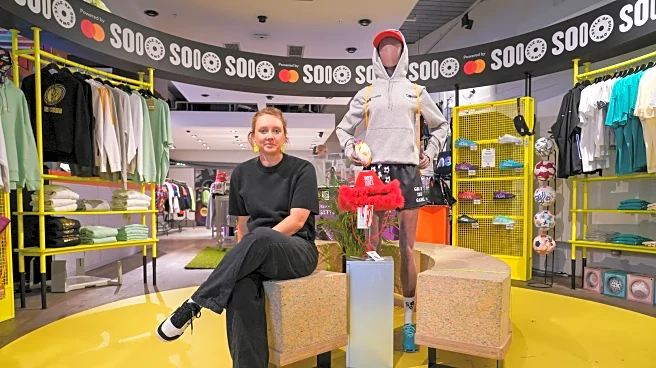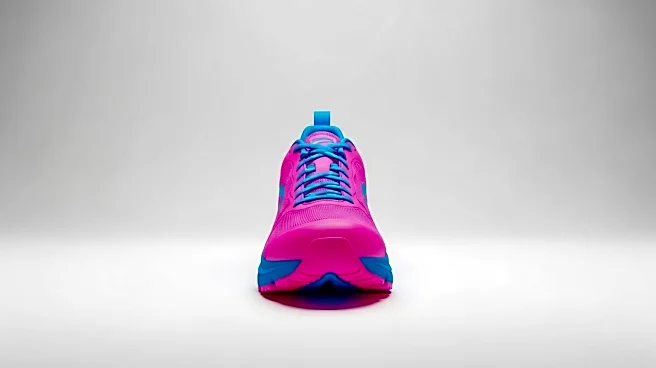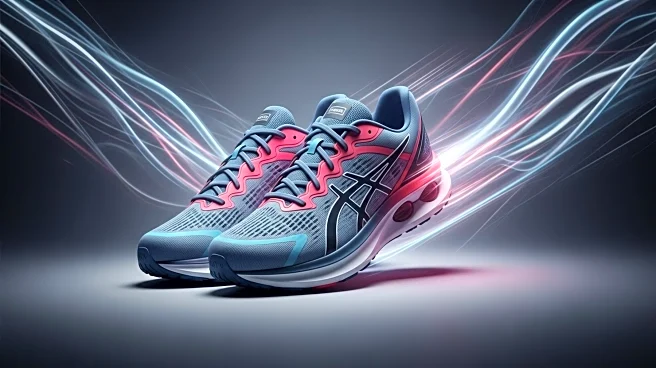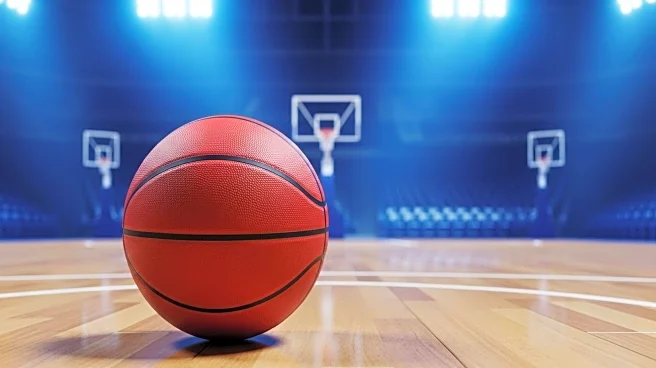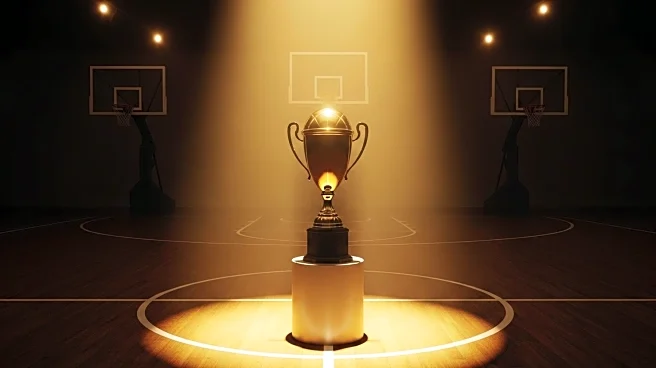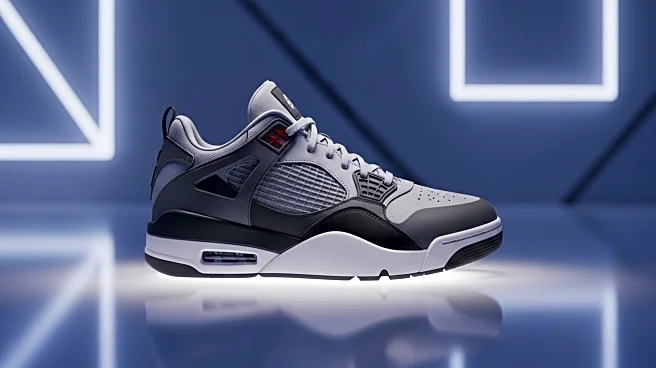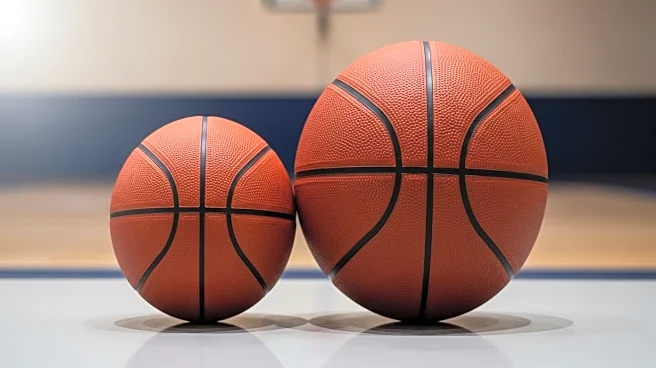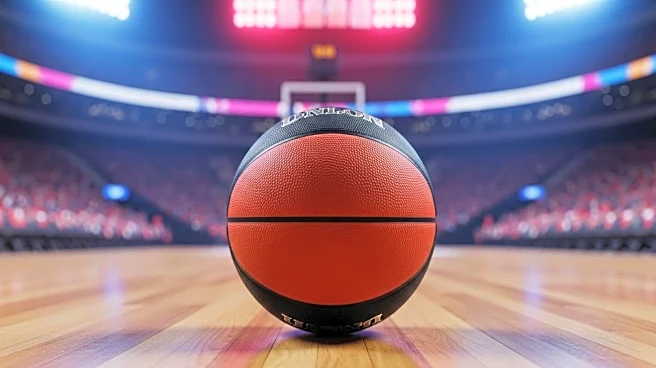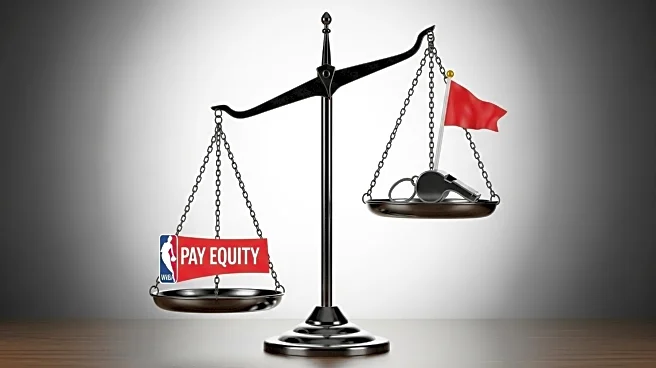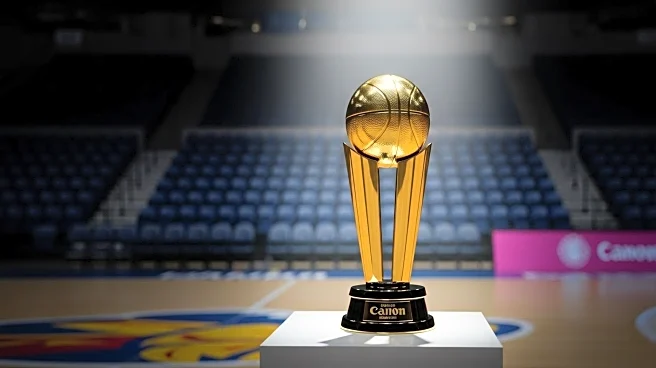What's Happening?
The interest in women's sports is on the rise, leading to a surge in women-owned companies that are addressing the specific needs of female athletes. Laura Youngson, founder of IDA Sports, launched her company after realizing the lack of soccer cleats designed for women. This realization came during a high-altitude soccer match on Mount Kilimanjaro, which highlighted the inequality in sports equipment for women. IDA Sports is part of a growing trend of companies like Moolah Kicks, Hettas, and Saysh, which are creating products specifically for women, such as basketball shoes, running shoes, and performance bicycles. These companies are entering the market at a time when women's sports are gaining significant attention, with the WNBA breaking attendance records and the National Women’s Soccer League seeing a 29% increase in team valuations.
Why It's Important?
The emergence of women-owned sports brands is significant as it addresses the long-standing issue of inadequate sports gear for women, which has often been adapted from men's products without considering the unique needs of female athletes. This shift not only empowers women in sports but also challenges the 'shrink it and pink it' mentality, where products are superficially altered for women. The growing market for women's sports, projected to generate $2.35 billion in revenue this year, presents a lucrative opportunity for these brands. By focusing on authenticity and collaboration with women's leagues and athletes, these companies are setting a new standard in the sports industry, potentially influencing larger brands to follow suit.
What's Next?
As women's sports continue to grow, more companies are likely to enter the market, offering products tailored to female athletes. This could lead to increased competition and innovation in the industry. Established brands like Adidas and Nike have already started developing women-specific products, indicating a broader industry shift. The success of women-owned brands may encourage more investment in women's sports, further professionalizing the field and expanding opportunities for female athletes. Additionally, partnerships with women's sports leagues and athletes could become more common, enhancing brand authenticity and consumer trust.
Beyond the Headlines
The rise of women-owned sports brands also highlights broader cultural and societal shifts towards gender equality and representation. By prioritizing the needs of female athletes, these companies are not only filling a market gap but also challenging traditional gender norms in sports. This movement could inspire other industries to reevaluate their product offerings and marketing strategies to better serve diverse consumer bases. Furthermore, the focus on sustainability and ethical practices by some of these brands aligns with growing consumer demand for socially responsible products, potentially setting new industry standards.

